 Today we are immersed in multi-platform environments where media convergence, participatory culture and collective intelligence intersect.
Today we are immersed in multi-platform environments where media convergence, participatory culture and collective intelligence intersect.
Mg. Luis Fernando Gutiérrez Cano
Mg. Luis Jorge Orcasitas Pacheco
In recent decades, media production has undergone a succession of technological, industrial, cultural and social transformations, which in turn have generated a variety of theoretical-practical reflections, around the emergence of new narrative possibilities and new ways of communicating in the digital age, in line with increasingly hyperconnected users, through different devices, which in turn allow them greater access to all kinds of media messages; In other words, we experience what Jenkins calls the era of media convergence.
Precisely Herny Jenkins, one of the pioneers in the studies of contemporary communication processes, defines the culture of convergence, as that mediatized space where "the old and the new media collide, where the popular media intersect with the corporate, where the power of the media producer and the consumer interact in unpredictable ways".
If until recently terms such as multimedia and interactivity were imposed – now almost in disuse – today, in the world of media convergence, it is more accurate to refer to transmedia narratives (Transmedia storytelling) or, in a simplified way, NT.
A universe where, as users, we imbue ourselves with stories that take place on different media platforms. Precisely, as participants in these innovative narrative experiences, and within the framework of Mediamorfosis, the Latin American multiplatform event of dissemination, exchange and production that was held for the first time in the city of Medellín, with exchanges of ideas, reflections and also contradictions on the NT, with different specialists in the Latin American field, in which the National Television Authority and the Master's Degree in Digital Television of the University participated. Pontifical Bolivarian.
We want to share some of the impressions that were generated during this meeting, given that it is a topic of vital importance for the audiovisual sector, both for Colombia and for the other countries of the region, in view of the innumerable conceptual, narrative and technological possibilities that can be generated from the transmedia communicative processes from the planning of more enriching media experiences.
The panel of guests had as international speakers Damián Kisner, director of Mediamofosis, and Ricardo Andrada, scriptwriter of interactive webdocs, both from Argentina; also, Suzy Sierra Ruiz, representative of Civil Society before the National Television Board of the ANTV and Olga Castaño Martínez, representative of the Universities before the National Television Board of the ANTV.
Hyper-connected and demanding users
One of the first topics of discussion revolved around how today audiences, for the most part, are hyperconnected in a heterogeneous way, either from their computers, smartphones, tablets or smart TVs; therefore they are demanding and seek connectivity and interaction with modern topics, which is why the media have a great responsibility to try to meet the demands of users.
On the other hand, Suzy Sierra, of the ANTV, pointed out that unfailingly public television is surrounded by a series of paradigms and barriers related to the administrative bureaucracy itself, which stops synergies from being shared between those who make, support and finance public television. Hence, it is essential that administrative issues do not go against the grain with storytelling and the ways in which they can be told.
Paradoxes of narrative control
It is necessary to emphasize, according to Ricardo Andrada, that at the precise moment of deriving the contents and incorporating them by different means, there is a really paradoxical phenomenon: more and more we have more tools to narrate, but every time we have less control over what is going to happen with what is going to be narrated.
In other words, if today we look at the life of any of us, the points in which we receive communications or communication proposals are many: the cell phone, radio, television, Internet, etc., that is, those who tell stories have a lot of tools to reach those people who want to tell a certain story.
Let's take for example the videos that are posted on Facebook, most are consumed without sound, so that phenomenon leaves the narrators without tools that have been considered central in all this time; therefore, questions arise such as: What is going to happen to the music that is going to be used to create a sound environment?, what is going to happen to the dialogue when the bulk of the audience is not listening to it in the story?
In line with the above, Andrada considers that the agents of audiovisual communication face a very great challenge, hence it is the ideal time to rethink all the certainties with which it has been reached so far, the time to relearn all the trades involved in audiovisual and learn to interact with people of other knowledge that have not traditionally been part of the challenge of telling stories, people from the area of technology, infographics and those who live from the user experience in technological media.
It should be noted that we are in a kind of zero moment; every day new more creative ways of narrating emerge and you are not sure where they will go tomorrow. Also, today very new technologies are presented, such is the case of virtual reality or augmented reality. We don't know where it's going, we don't know how stories are told with these new technologies in which the camera is the viewer's head. In conclusion, there are a number of changes and turns, in some cases "Copernican", that leave us facing great uncertainty, but at the same time facing a great challenge, because everything is yet to be done.
Platform Selection
Nowadays, when creating content, you can previously choose on which platform you are going to talk to the audience and, from there, enunciate some disquisitions: the message is going to be "said" on television, through social networks, and you are going to expect people to participate. At the same time, if you understand where the audience is and allow them to participate in line with those consumption habits, there is probably more success, rather than persisting with a text in the traditional way and "launching" it on a TV show every day and at a certain time.
So is the audience there? Maybe it's at certain times of the day, in different places, or maybe it's on TV or other platforms. This is how content begins to be created that crosses platforms and narratives and that is what transmedia talks about, content that begins to be told and narrated on different platforms.
Those who create or write stories to reach mass audiences must choose where and on which platform the story is going to be told or what part of the story is going to be told and how people are going to interact, whether from a live physical event or on television or a traditional printed newspaper. The main strategy is to understand the audience and discern where it is, in order to pour the content where that audience is.
Work teams
With the purpose of training the new generations in transmedia and having clarity on how work teams are formed, Damián Kirzner warns that there is a very big change, and that is that content producers have traditionally had a very wide toolbox.
Although to make television you have people who know how to illuminate or locate the cameras, it is essential to have a director or a sound engineer; however, to express themselves through different platforms there are other new knowledge that must be incorporated into this "new" toolbox, such is the case of web developers, community managers, programmers, application developers, producers of live events, among others.
For Kirzner, the role of universities is fundamental, since they must begin to train new communicators in these new tools; so this is a challenge, because reality goes much faster than academia, reality is more dynamic.
Narrative without limits
Paraphrasing some writers and theorists, Suzy Sierra points out that the limits for new narratives are in the mind, and considers that the transmedia strategy emerges as a marketing outlet for public television, which means placing the audience at the center of the narrative, transporting it and making the stories that are told on public television permeate their daily lives. At the same time, robust implementation teams are not necessarily needed, but intentional and directed towards a complex task.
Sierra agrees with Damián Kisner in the formation of interdisciplinary teams and, simultaneously, with Ricardo Andrada in the sense that the roles of production teams must be "reinvented", since most likely those who went through the university a few years ago learned a way of doing things; so the challenge today is to do things differently, to think that different roles can be fulfilled in creative teams and that new characters must be incorporated into the work dynamics.
Particularly, it is necessary to establish and articulate a dialogue between the narrator and the audience, and this implies that there are efforts focused above all on the analysis of the data, in order to elucidate who we are talking to and thus know him and then recognize him. Sierra pointed out that the ANTV began training and reflection cycles with the public television teams, which tend towards that goal.
Follower communities
Regarding the importance of having communities around the media, for Damián Kirzner it is essential to constitute communities with which to interact and dialogue; however, strategies must be generated that allow us to create audiences, for this there are different strategic paths: one of the main ones is to meet physically, because television has to "go down to earth", it has to generate physical events.
Kirzner points out that transmedia content breaks the border of the digital when it becomes organic, therefore, when the user meets someone organic, analog, real, after that encounter everything digital flows much better, that is, when a space like a television channel invites its audience in its different programs, with genuine and interesting motives, to be found in physical events, creates audience, creates engagement, creates engagement.
Therefore, the audiovisual media must promote this encounter, break the traditional audiovisual linearity and intersect, meet, and from these meetings an active community is conceived. In short, in transmedia developments it is very important to generate physical encounter with audiences to create loyalty.
"Catching" audiences
Nowadays audiences are increasingly elusive and increasingly difficult to capture, according to Ricardo Andrada, they are something like a marriage, something that you have to be betting on and recreating every day. For example, with respect to social networks they grow and disappear with the same speed.
In other words, educational and cultural pedagogy is important, especially in those young people who cannot receive education and, in the Colombian case, especially in the current post-conflict conjuncture, hence narrating the post-conflict is very important for those generations and, in fact, much has already been narrated about violence, on the post-conflict of many wars in different regions of the world.
Regarding the Colombian case, the teacher Enrique Buenaventura, for example, in Los Papeles del Infierno, the teacher is the one who speaks as a victim and now the University Channel Zoom takes up the voice of the victims with the skin, heart and gaze of the actors. That is wonderful, it is a possibility to understand and understand each other, to feel and to get people to identify and contribute in different ways and with different proposals.


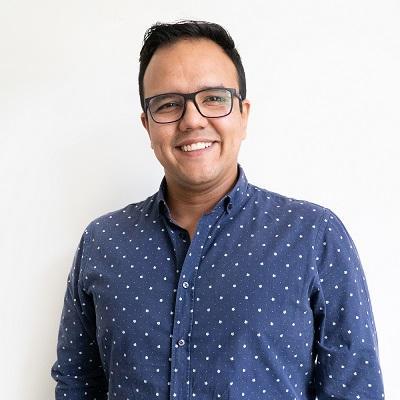

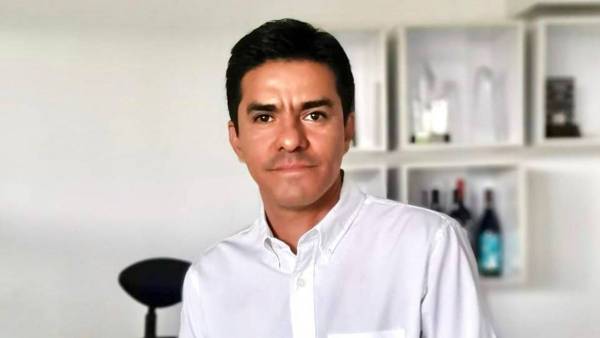


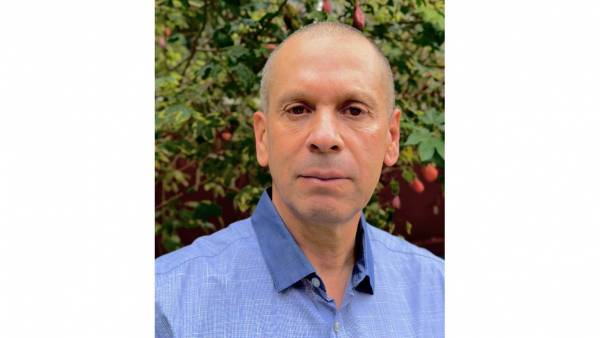

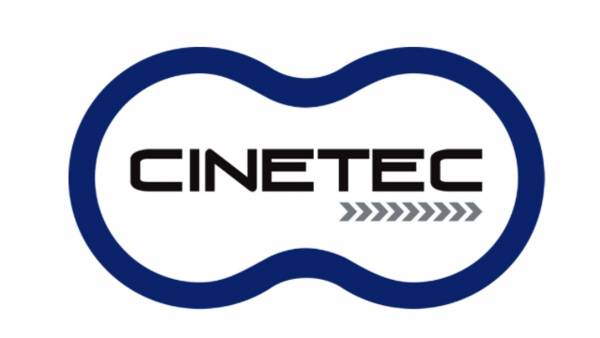





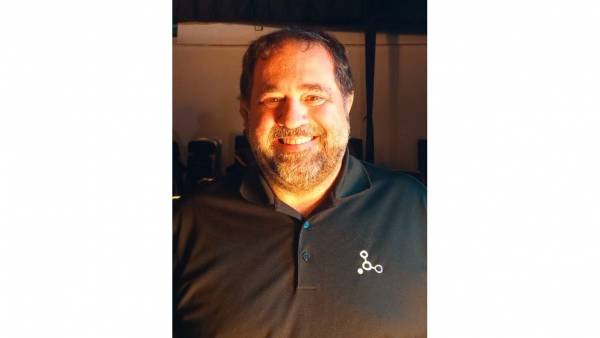
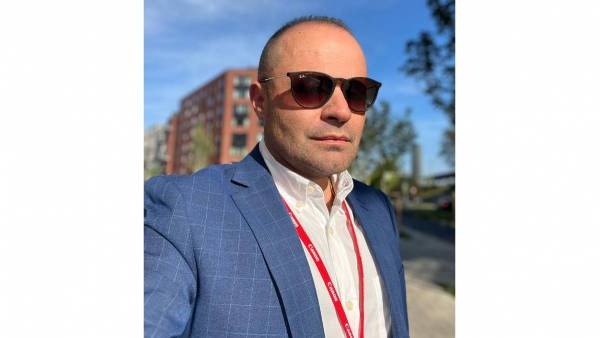







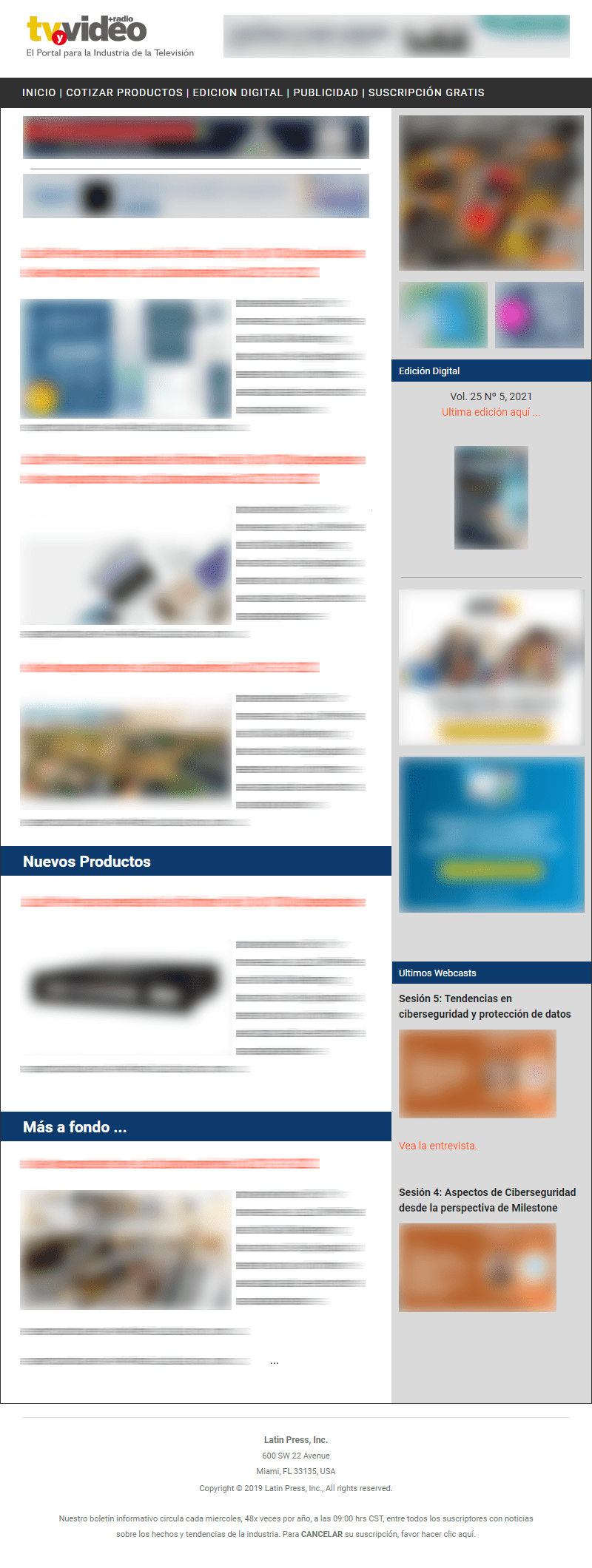
Leave your comment